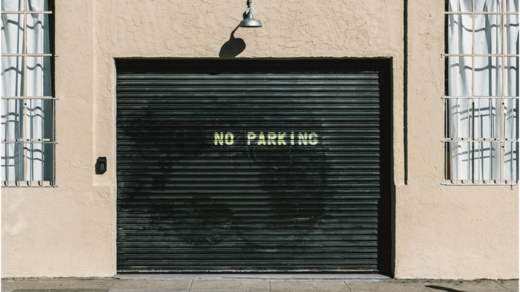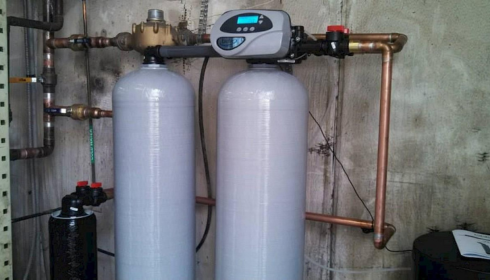An essential part of your house, a garage door offers protection, accessibility, and visual beauty. Nevertheless, garage doors are subject to wear and tear over time, just like any other mechanical component.
Your home’s safety and operation may be guaranteed while you save time and money by knowing how to perform garage door repair.
This thorough guide will go over typical problems, how to fix them, and preventative measures to maintain your Garage Door System Repair.
Understanding The Garage Door Systems And Their Components
It’s critical to comprehend a garage door system’s primary components before beginning repairs. Important components consist of:
- The parts of the door that open and close are called door panels.
- The rails that the door slides up and down are called tracks.
- Rollers: Tiny rollers that let the door move smoothly on the tracks.
- Springs: Springs that give the required tension for opening and closing are torsion or extension springs.
- Cables: The steel cables raise the door in tandem with the springs.
- The motorized device that moves doors automatically is called an opener.
Typical Problems with Garage Doors
Door Won’t Open or Close: This may be the result of a broken opener, dead batteries in the remote, or electrical problems.
Noises such as grinding or squeaking may be signs of lubricant shortage, loose hardware, or worn rollers. The door may need to have its springs adjusted or lubricated if it moves slowly. An improperly aligned door may jam or come loose from the tracks.
Methodical Garage Door Repair
Here is how to repair it:
1. Troubleshooting
Determine the problem before making any repairs:
- Verify the power supply by making sure the circuit breaker is not tripped and the opener is plugged in.
- Examine the remote: If there’s a problem with the remote, change the batteries.
- Look Over the Tracks: Seek for any harm or impediments.
2. Greasing
Numerous typical issues can be avoided with routine lubrication:
- Use a Silicone-Based Lubricant: To guarantee smooth functioning, lubricate the tracks, hinges, and rollers.
- Do Not Over-Lubricate: Overlubrication can draw dirt and debris, which might cause further problems.
3. Modifying Springs
Be careful when adjusting garage door springs as they are under a lot of tension and can be hazardous. It is best to contact an expert if you are uneasy.
- Torsion Springs: The torsion spring may need to be adjusted if the door is heavy or won’t lift. To provide more tension, tighten the winding cones.
- Extension Springs: Modify the spring by putting or removing hooks from the wires if the door is imbalanced.
4. Track Realignment
To loosen the brackets without taking them off, use a socket wrench.
Orient the Tracks: Verify that they are parallel to one another and vertical. Put the brackets back in place by tightening them.
Conclusion
To maintain a secure and functional home, one must become proficient in garage door repair and maintenance. You may increase the lifespan of your garage door by being aware of its parts, solving frequent problems, and doing routine maintenance.



























+ There are no comments
Add yours